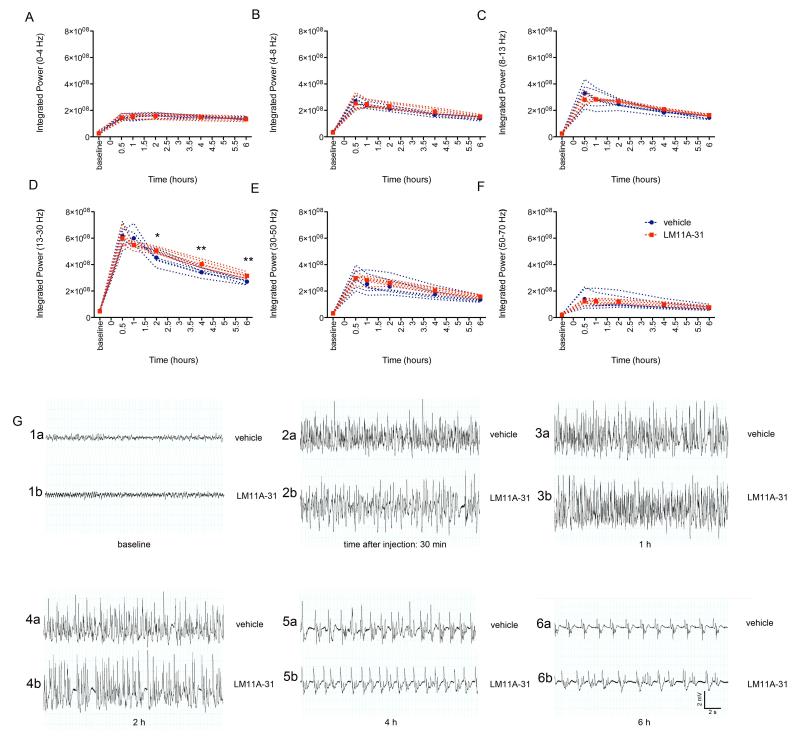Fig 4. Acute effects of LM11A-31 on discrete EEG bandwidths during SE.
Integrated power was measured for baseline periods prior to induction of SE, and periods 30 min, 1 h, 2 h, 4 h, and 6 h after onset of SE and the second administration of LM11A-31 (200 mg/kg with pilocarpine administration and a second dose of 200 mg/kg at SE onset) or vehicle for (A) delta (0-4 Hz), (B) theta (4-8 Hz), (C) alpha (8-13 Hz), (D) 13-30 Hz, (E) 30-50 Hz, and (F) 50-70 Hz bandwidths. Blue symbols and dotted lines, individual vehicle-treated rats, n=3. Red symbols and dotted lines, individual LM11A-31-treated rats, n=4. Significant increases in power were observed in the 13-30 Hz bandwidth 2 h (p<0.05), 4 h (p<0.001), and 6h (P<0.001) following LM11A-31 drug administration relative to vehicle treatment. Potential significant differences were evaluated using a one-way ANOVA with Tukey’s test for multiple comparisons. Representative traces sampled from a vehicle-treated rat (G1a-6a) and LM11A-31-treated rat (G1b-6b) at baseline (1 h prior to scopolamine administration), and at 30 min, 1 h, 2 h, 4 h, and 6 h following drug or vehicle injection demonstrate no alteration in the progression of pilocarpine-induced electrographic SE by treatment (SE+vehicle, n=3 rats; SE+LM11A-31, n=4 rats). Error bars, ±SEM.

